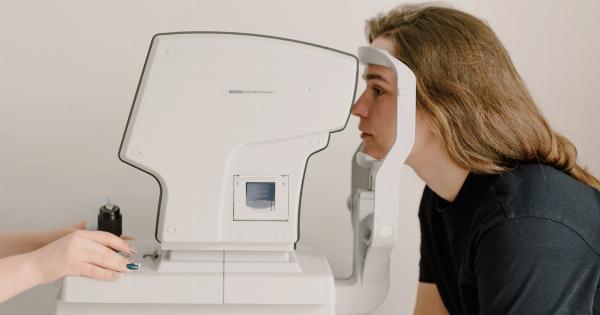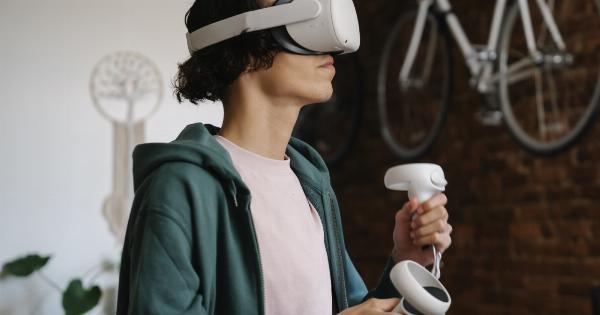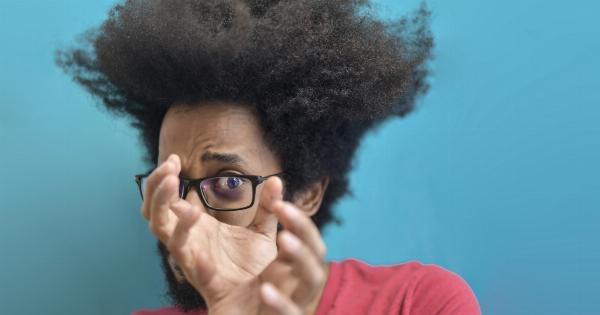Communication is an essential part of our daily lives, allowing us to connect with others and express our thoughts and emotions.
However, for individuals in the deaf community, communication can be challenging due to barriers that exist in the world around them. One such barrier is the use of face masks, which have become ubiquitous in our society, particularly during times of public health crises.
These masks, while crucial in preventing the spread of diseases, have posed significant challenges for the deaf community, as they rely heavily on visual cues, such as lip-reading, to communicate effectively.
The Challenges Faced by the Deaf Community
For individuals who are deaf or hard of hearing, face masks can hinder their ability to understand and engage in conversations.
The covering of the mouth prevents lip-reading, making it difficult for these individuals to fully comprehend what is being said. The loss of visual cues also impacts facial expressions and emotional understanding, further isolating the deaf community from effective communication.
Moreover, masks muffle sound, making it even harder for those with hearing impairments to comprehend speech and incidental sounds.
Existing Solutions
Recognizing the need for a solution, some individuals in the deaf community have resorted to using transparent masks. These masks allow for facial expressions and lip movements to be visible, thus enabling better communication.
However, these transparent masks are not widely available, and their effectiveness, particularly in preventing disease transmission, is still under debate. Furthermore, these masks may not meet the required safety standards and are often not accessible for individuals with limited financial resources.
The Development of Barrier-Free Masks
To address the unique communication needs of the deaf community, innovative solutions are being developed in the form of barrier-free masks.
These masks are designed specifically with the deaf community in mind, considering both their communication requirements and safety concerns. Barrier-free masks aim to provide a compromise between accessibility and protection, ensuring that individuals who are deaf or hard of hearing can communicate effectively while still minimizing the risk of infection.
Design Features
Barrier-free masks incorporate several design features that make them suitable for the deaf community. One essential element is a clear panel or window in the mask that allows the wearer’s mouth and lips to be visible.
This transparent panel enables lip-reading and the observation of facial expressions, facilitating more accurate and meaningful communication. Additionally, the masks may be designed to extend below the chin, providing a larger visible area for a better understanding of mouth movements.
Material Selection
The choice of materials for barrier-free masks is crucial in ensuring both comfort and protection. The masks should be made from breathable fabrics that do not impede sound transmission.
Soft, lightweight, and hypoallergenic materials are preferred to enhance long-term wearability. It is also important to consider antimicrobial properties to minimize the risk of contamination and maximize durability.
Adjustability and Accessibility
Barrier-free masks need to accommodate the diverse needs of individuals in the deaf community. Adjustable straps and fasteners allow for a customizable fit, ensuring both comfort and effectiveness.
Additionally, masks should be available in different sizes to cater to various facial structures. It is also important to explore alternative methods of securing the mask, such as headbands or ear loops, to accommodate individuals who use cochlear implants or hearing aids.
Collaboration with the Deaf Community
To create a truly barrier-free mask, it is imperative to involve the deaf community in the development process. Collaborating with individuals who are deaf or hard of hearing ensures that the masks meet their unique needs and preferences.
Involving experts in sign language and deaf culture can provide valuable insights that lead to more effective designs. Without the active participation of the deaf community, any solution may fall short of addressing their specific communication requirements.
Education and Awareness
Introducing barrier-free masks alone is not enough to overcome the communication challenges faced by the deaf community.
Education and awareness campaigns are crucial to ensure that the general population understands the significance of these masks and how to effectively communicate with individuals who are deaf or hard of hearing. Such campaigns can promote empathy, reduce stigma, and cultivate a more inclusive society that supports and acknowledges the needs of the deaf community.
Conclusion
Barrier-free masks offer a promising solution to the communication challenges faced by the deaf community. By incorporating design features that facilitate lip-reading and visual cues, these masks provide a bridge between safety and accessibility.
Collaborative efforts, including the involvement of the deaf community, are essential in developing effective and widely available barrier-free masks. With the right materials, adjustable features, and increased education and awareness, we can foster a society that embraces inclusivity and ensures effective communication for all.






























